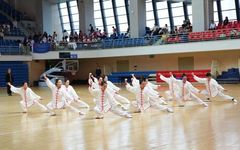“
Kongfu
Tai Chi Chuan
Tai Chi Chuan, a national intangible cultural heritage, is a traditional Chinese martial art that integrates various functions such as nurturing temperament, strengthening the body, and combat techniques, centered around the philosophical concepts of Tai Chi and Yin-Yang from traditional Confucian and Daoist thought. It combines the changes of Yin-Yang and the Five Elements from the Book of Changes (Yijing), the study of meridians in Traditional Chinese Medicine (TCM), ancient guiding techniques, and breathing exercises, forming a martial art that emphasizes both internal and external cultivation, characterized by softness, slowness, lightness, and a balance of hardness and softness.
Source / Origin of the Name
The term “Tai Chi” originates from the Book of Changes (Zhou Yi): “There is Tai Chi, which produces the two opposites.” “Tai” means great, and “Chi” refers to the beginning or the peak. In the Song Dynasty, Zhou Dunyi stated in his Explanation of the Tai Chi Diagram that “Tai Chi arises from Wu Ji,” indicating that Tai Chi is the source of all things, embodying the highest, ultimate, absolute, and unique essence. The practice of Tai Chi Chuan derives its meaning from this concept. The Tai Chi diagram represents one of the earliest worldviews of ancient China, and the integration of martial arts with Tai Chi philosophy gradually formed the art of Tai Chi Chuan.
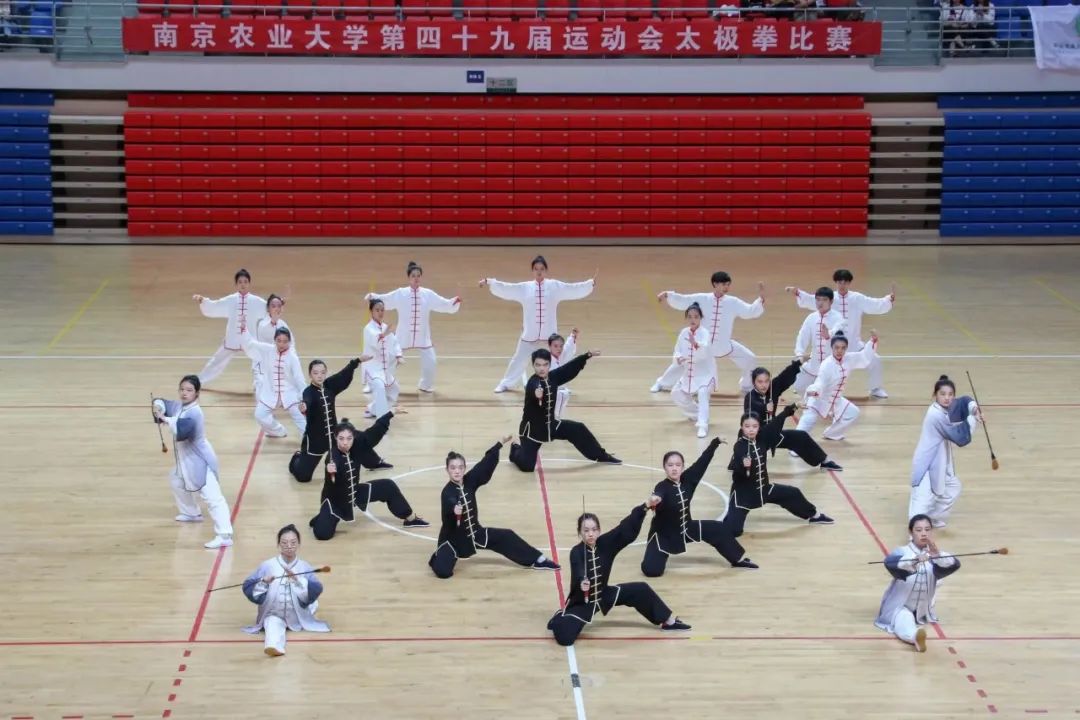
Characteristics / Martial Arts Features
Tai Chi Chuan is a martial art that adheres to the principles of combat, possessing offensive and defensive significance. The principles of Tai Chi Chuan refer to the movements themselves conforming to the laws of attack and defense, producing effective results. This is a fundamental distinction between Tai Chi Chuan and other forms of exercise such as gymnastics, dance, and guiding techniques. At the same time, Tai Chi Chuan incorporates theories from traditional medicine, including meridians, acupoints, Qi and blood, guiding techniques, and organ representations, aligning with medical principles and promoting health.
Tai Chi Chuan is unique in its combat approach, characterized by distinct features. It emphasizes using stillness to control movement, softness to overcome hardness, avoiding the solid and seeking the void, and borrowing strength to generate power. It advocates starting from objective reality, adapting to others, and being flexible. “When the opponent does not move, I move first,” and “the later move arrives first,” guiding the opponent into a state of imbalance, or dispersing their strength to exploit openings for counterattacks. This combat principle of Tai Chi Chuan is reflected in push hands training and the essentials of routine movements, which not only train physical qualities such as reaction ability, strength, and speed but also hold significant importance in combat training.
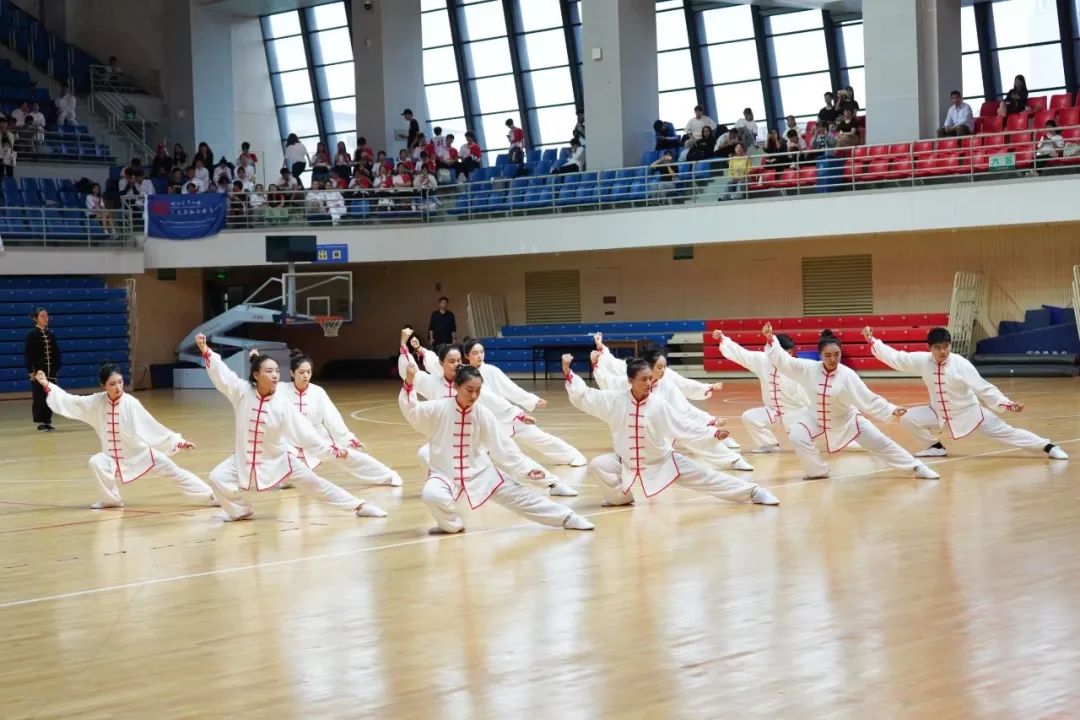
Styles / Mainstream Introduction
Chen Style Tai Chi Chuan
● ● ● ● ● ● ●
Chen Style Tai Chi Chuan was founded by Chen Wangting in the early Qing Dynasty in Chenjiagou Village, Wenxian County, Henan Province. Named after its principles based on Tai Chi, Yin-Yang, and Bagua, its descendants continuously optimized and improved it, spreading it outward.
1
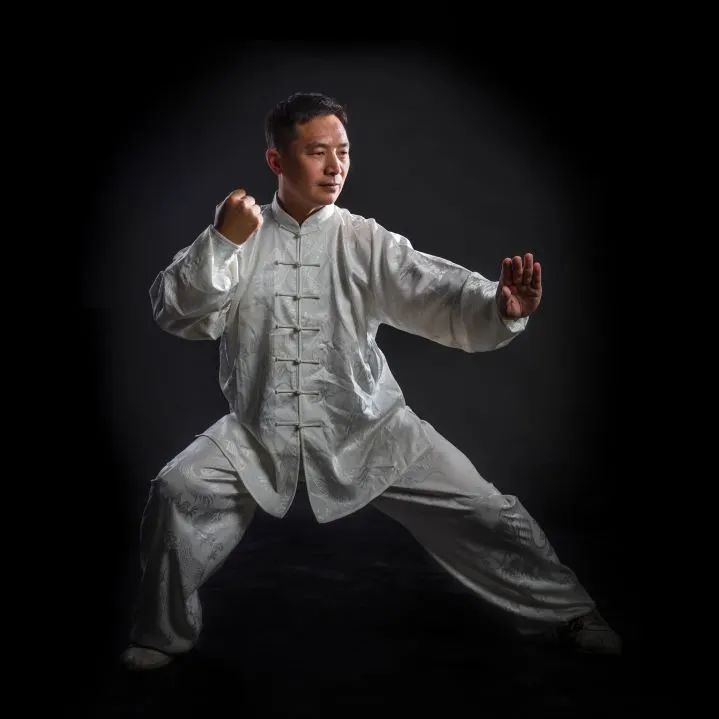
● ● ● ● ●
In the 14th year of the Chongzhen reign (1641), Chen Wangting served as the local militia commander in Wenxian. After the fall of the Ming Dynasty, he returned to his hometown, farming during busy times and “creating boxing” and teaching disciples during leisure. Chen Wangting integrated the martial arts passed down from his ancestors in Hongdong County, Shanxi Province, with the principles of Yin-Yang, referencing the military martial arts of Qi Jiguang’s New Book of Effective Techniques: Thirty-Two Boxing Techniques, and incorporating guiding and breathing techniques from the Huang Ting Jing, merging Tai Chi philosophy into combat techniques, thus creating what is now known as the Chen Style Tai Chi Chuan Old Frame. Later generations gradually simplified the techniques, developing into the series of forms practiced today.
Chen Style Tai Chi Chuan particularly emphasizes maintaining a centered posture, supporting all sides, establishing a solid defense throughout the body, and creating a state of readiness. When encountering a strong opponent, internal strength can be unleashed suddenly to subdue the enemy in an instant.
In 2006, Chen Style Tai Chi Chuan was listed as one of the first national intangible cultural heritage items. In November 2019, the list of representative projects for the protection of national intangible cultural heritage was announced, and the Jiaozuo Cultural Center (Jiaozuo Intangible Cultural Heritage Protection Center) was granted the qualification of protection unit for the Chen Style Tai Chi Chuan project.
Yang Style Tai Chi Chuan
● ● ● ● ● ● ●
Yang Style Tai Chi Chuan was created by Yang Luchan from Yongnian, Hebei Province. Yang Luchan was one of the famous disciples of Chen Changxing, a master of Chenjiagou Tai Chi Chuan, and the seventh generation inheritor of Tai Chi Chuan.
2
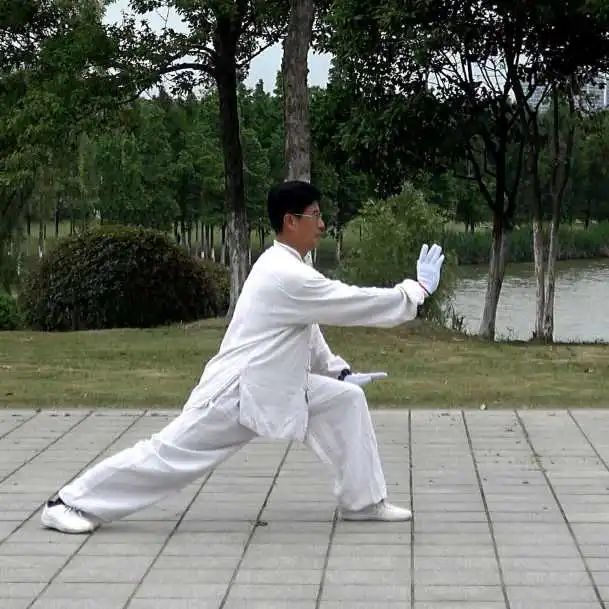
● ● ● ● ●
When Yang Luchan taught in Beijing, considering the physical conditions and health needs of his noble students, he modified some difficult movements, such as jumping, falling, and stomping, to be non-jumping, non-falling, non-speedy, and non-stomping, or reduced the movements to make them simpler and softer, making them easier to practice. This style became known as “Yang Style Tai Chi Chuan,” suitable for those wearing long gowns and with queues, while also beneficial for health. The officially published 48 and 24 forms, as well as those performed in many occasions, are either Yang Style Tai Chi Chuan or derived from it.
Wu Style Tai Chi Chuan
● ● ● ● ● ● ●
Wu Style Tai Chi Chuan was created by Wu Yuxiang from Yongnian, Hebei Province. Wu Yuxiang was one of the famous disciples of Chen Qingping, a master of Zhao Bao Tai Chi Chuan, and the eighth generation inheritor of Tai Chi Chuan.
3
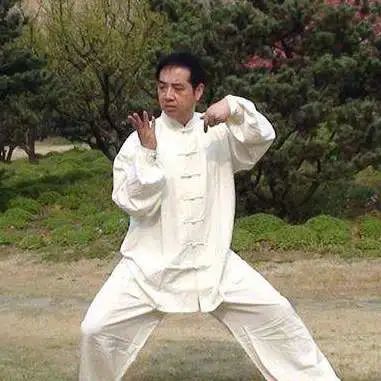
● ● ● ● ●
In the 13th year of the Daoguang reign (1833), Yang Luchan returned to his hometown after studying in Chenjiagou, and Wu Yuxiang admired his style, often comparing it to understand its essence. Around 1850, Wu Yuxiang learned Zhao Bao Tai Chi Chuan. In 1852, he personally went to Henan to study Zhao Bao Tai Chi Chuan for forty days under Chen Qingping and received the Tai Chi Chuan Manual, which enlightened him. After returning home, he researched the Zhao Bao Tai Chi Chuan frame, integrating the essence of the Tai Chi Chuan Manual with his own experiences in practice, and after several years of development, he created a new style of boxing characterized by “small circles, quick and compact movements, simple forms with complex techniques, clear methods, and an elegant yet unpretentious demeanor,” later known as “Wu Style Tai Chi Chuan.”
Wu Style Tai Chi Chuan is simple and unadorned, focusing on the interaction of energy rather than the external forms of techniques. In practice, it emphasizes using intention to control the movement of the body, “seeking the internal form of Tai Chi, moving with internal strength, and integrating essence, Qi, and spirit,” stressing the importance of internal strength without revealing external forms, achieving a miraculous state of subduing others without harming them.
Conclusion /
Tai Chi Chuan’s subtle, continuous, soft overcoming of hardness, alternating between rapid and slow movements, and flowing style gradually lead practitioners to a harmonious unity of intention, Qi, form, and spirit, while its requirements for martial virtue also enhance practitioners’ physical fitness and personal cultivation, promoting harmony between individuals and nature, as well as between individuals and society.
Practicing Tai Chi Chuan is an excellent way to exercise the body. The School of Life Sciences often organizes students to participate in the Tai Chi Chuan competitions held at the school, and I welcome everyone to actively sign up!
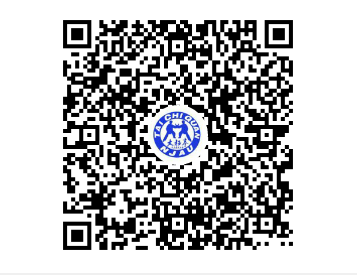
If you are interested in Tai Chi Chuan, you can join the Nanfang Agricultural University Tai Chi Association group!
~

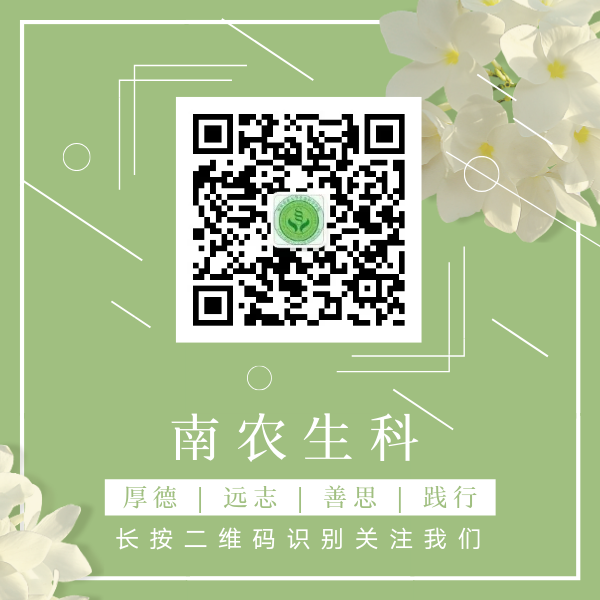
Planning: School of Life Sciences Youth League Committee New Media Center
Editing: New Media Center Mi Yiying
Image and text source: School of Life Sciences Tai Chi Association and the internet, please delete if infringing
Review: New Media Center Zhao Yifei

